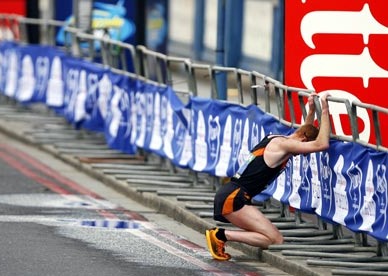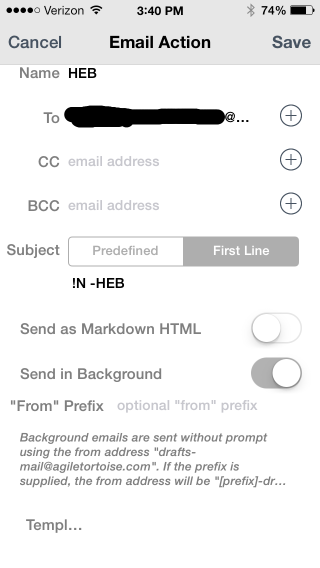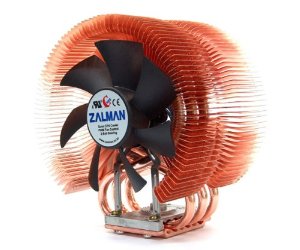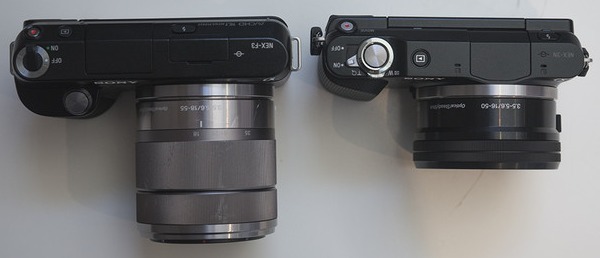This post has been updated here
That’s right, I’m going to attempt an Ironman event without running more than 3 miles in training!
OK, OK. It’s a Half Ironman (1.2 mi swim, 56 mi bike, 13.1 mi run), because people that do full Ironman events are crazy. And I’m only half crazy. ;) The event in question is the Ironman 70.3 in Galveston, Texas on April 26th.
 How is this possible?
How is this possible?
Running hard. Really, really hard. While traditional endurance training is lots of miles at a moderate pace (ignoring “speed work”), I’ll be doing intense, interval style running. I mean if I can sprint up hill for 3 miles that would have to translate into the ability to run (jog?) a lot farther, right? …right???
Why are you doing this?
I initially got into trisport because I needed a reason to workout and I enjoy both swimming and biking. First I set my sights on a sprint tri and later an Olympic tri. But after that I slowly fell out of training because it was too much of a time commitment. I enjoy bike riding but, I can’t often find half a day to drive somewhere nice and then bike 24-32 miles. When I went back to grad school, my free time all but vanished.
I got the idea from Tim Ferris’ book The 4 Hour Body that covers how intense interval training can substitute for moderately paced longer mileage training for marathons or even ultra marathons. His book includes a full training schedule with different intervals for different days (runners do seem to love complicated schedules – just pick up any running magazine), but I needed something uber simple.
I distilled Tim’s two chapters into this: run intervals on the treadmill (run/walk/repeat) increasing the running speed, incline or ratio (more running or less walking) as I can, and don’t run more than 3 miles.
So far I’ve increased from 2 min of 10 min/mi pace runs with 2 min walks when I started in December to 3 min of 8:30 min/mi pace on a 1% incline and 1 min walks. My distance has increased from less than a mile to about two miles (including warm up). With warm up and cool down this takes me less than 30 min to complete. I have been taking 1-2 days off between runs. If it’s a nice weekend, I’ve taken a bike ride around my house for about 10 miles (~50 min) instead of running. The pedaling on such rides has gotten noticeably easier as my running has progressed (It’s working! *maniacal laughter*).
Tune in soon for my write up on test #1: The Aggieland Sprint Triathlon.





 Enter the
Enter the 

